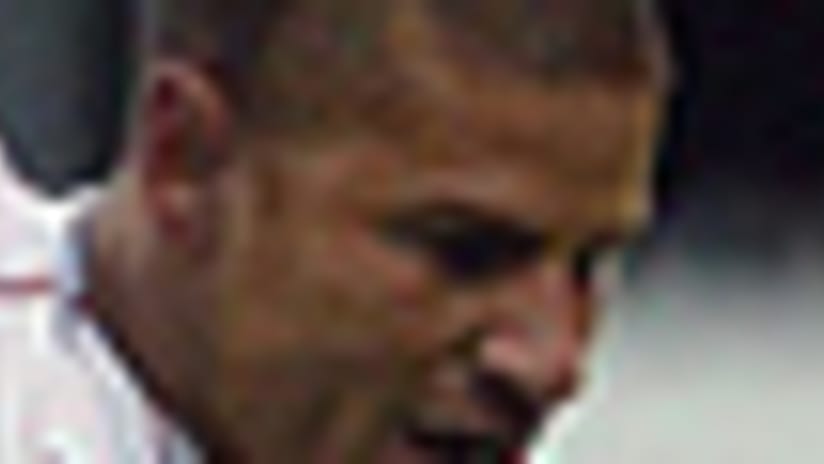and, occasionally, sky blue -- would find the back of the net. With one quarter of the season in the books, that question hasn't been answered yet.
On the one hand, this is exactly what the beginning of the MLS season is for. Preseason is always more about finding which guys are actually going to be on the team than about the specifics of how they're going to play together. The number of teams making the postseason means there's no great rush to figure that second part out. However, there's a point where you have to be concerned, and after two disappointing results at home, many in the Fire faithful have reached that point.
Conventional wisdom always points to diplomatic coach-speak like, "We have to do better in the final third," and that's certainly applicable in this case. While third in the league in shots taken, the Fire rank poorly when you consider the rate at which those shots are on goal (39%, tied with Real Salt Lake and ahead of only Chivas USA and Columbus) and the rate at which shots on goal go in (20%, tied with Real Salt Lake and ahead of Columbus).
Yes, the Fire need to do better in the offensive third of the field. The question is, how? This is where I don't envy Dave Sarachan at all. He's going to have to consider some pretty tough options, and the biggest of all is going to be whether he can afford to have midfielders Chris Armas and Jesse Marsch on the field at the same time.
You have no idea how hard it was for me to write that. Armas and Marsch have been, historically, two of the first guys penciled into the lineup whenever they were available over the course of the Fire's history. They are the Fire's history, and I think the world of both of them as players. But if Sarachan is going to fix the offensive woes that are dragging this team down right now, no one can be untouchable, including those two.
What's happening recently is that, with their defensive responsibilities, neither Armas nor Marsch is in a position to really commit to joining the attack. Again, it's not even a matter of ability. They're just coming from much deeper in the midfield, and their instincts are almost always going to be more conservative going forward, so as not to risk exposure to the counterattack.
The result is a widening gap between the midfielders and the forwards. Playing long balls over that gap leaves the forwards without much support, so they end up taking shots that aren't dangerous.
Now, you could argue that the team could also use the wings more effectively, and you'd be right, but the point I'm making is that no option can go uninvestigated right now. The forwards have to be able to get the ball in more dangerous positions, and that's not happening.
All that said, I am seeing some things that bring me back to my usual relentless optimism. In two matches, Slovakian forward Lubos Reiter looks like the real deal. It's only going to be a matter of time -- and a matter of his strike partners giving him a bit more space and drawing some defenders away from him -- before he starts converting chances. To that end, rookie Chad Barrett has been the best at getting wide in the attack, and I'd like to see those two get a chance to play together.
The wing play is also going to get better, particularly when Tony Sanneh and John Thorrington get more familiar with each other. This could provide an intriguingly unbalanced attack on the flanks, where the right side is more about possession and the left, with Ivan Guerrero and Justin Mapp, is more about speed. The combination of those two pieces, along with Reiter getting acclimated, could make the whole question of how many defensive midfielders is too many moot.










